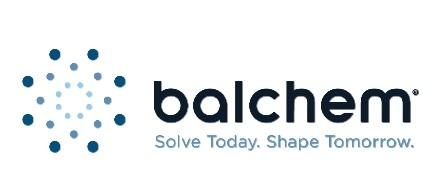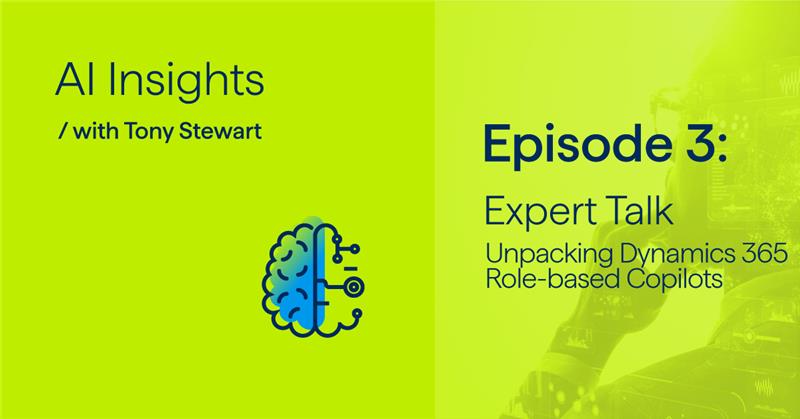Your Award-Winning Microsoft Partner with Industry Expertise
Implement enterprise business applications, upgrade your existing software, move to the cloud, or develop an entirely new app to solve a specific challenge by turning to Alithya as your trusted Microsoft advisor. Rely on our 20+ years of industry experience helping companies in manufacturing, financial services, professional services, healthcare, and higher education leverage Microsoft technology investments to realize improved business outcomes faster and with less effort.



